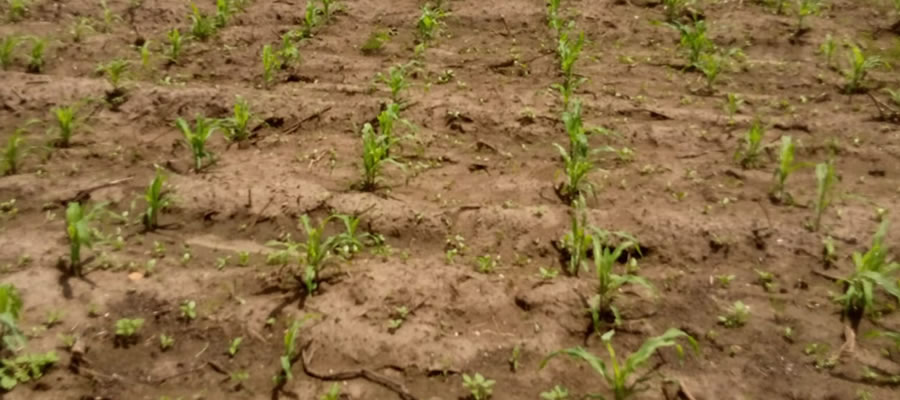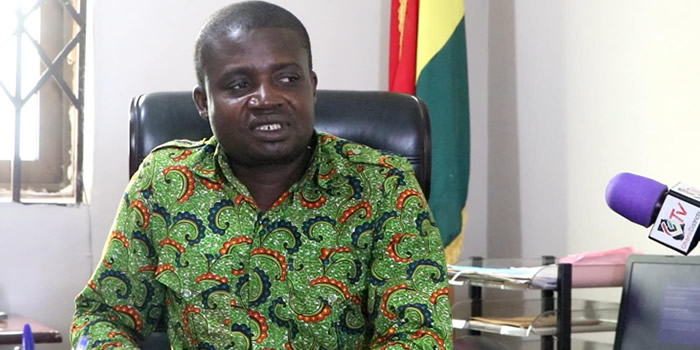

Gender Issues
The most vulnerable group in the district are the female household heads and single mothers.The migration of men out of the district due to fishing activities has contributed to the rise in female heads of household in the district.Teenage pregnancy is also very common with children dropping out of school, thus compounding the poverty situation in the district.The female representation in the DA is 22% which is below the expected 30% that the ruling government has set.
There are attempts by the DA to address gender issues in the district. These include women empowerment activities through the formation of District Queen mothers’ Association who are educating women to seek help/support on issues that confront them. Again in the UPRP, there are specific interventions for economically empowering women.For instance, single female headed households with five dependents or more will be given free feeding packages under the Social Inclusion package. In addition, the women will be trained and resourced in skill development and income generation activities.
Poverty Profiling and Mapping
Poverty is a complex phenomenon with several dimensions and manifestation, including spatial, economic, socio-cultural and psychological dimensions. It is in view of this that poverty analysis and strategies for reducing poverty must be multidimensional in nature. Dialogue was held with a cross-section of the people in the district on the causes, manifestations, coping mechanisms and strategies for addressing poverty in the district.The outcome of the dialogue and other technical (spatial, social, economic, environmental) analysis helped in defining composite poverty pockets in the district.The characteristics of the poverty pockets are presented in table 1.13 whilst the composite poverty pockets are shown on the map below.
Date Created : 11/20/2017 7:54:04 AM











 facebook
facebook
 twitter
twitter
 Youtube
Youtube
 +233 593 831 280
+233 593 831 280 0800 430 430
0800 430 430 GPS: GE-231-4383
GPS: GE-231-4383 info@ghanadistricts.com
info@ghanadistricts.com Box GP1044, Accra, Ghana
Box GP1044, Accra, Ghana